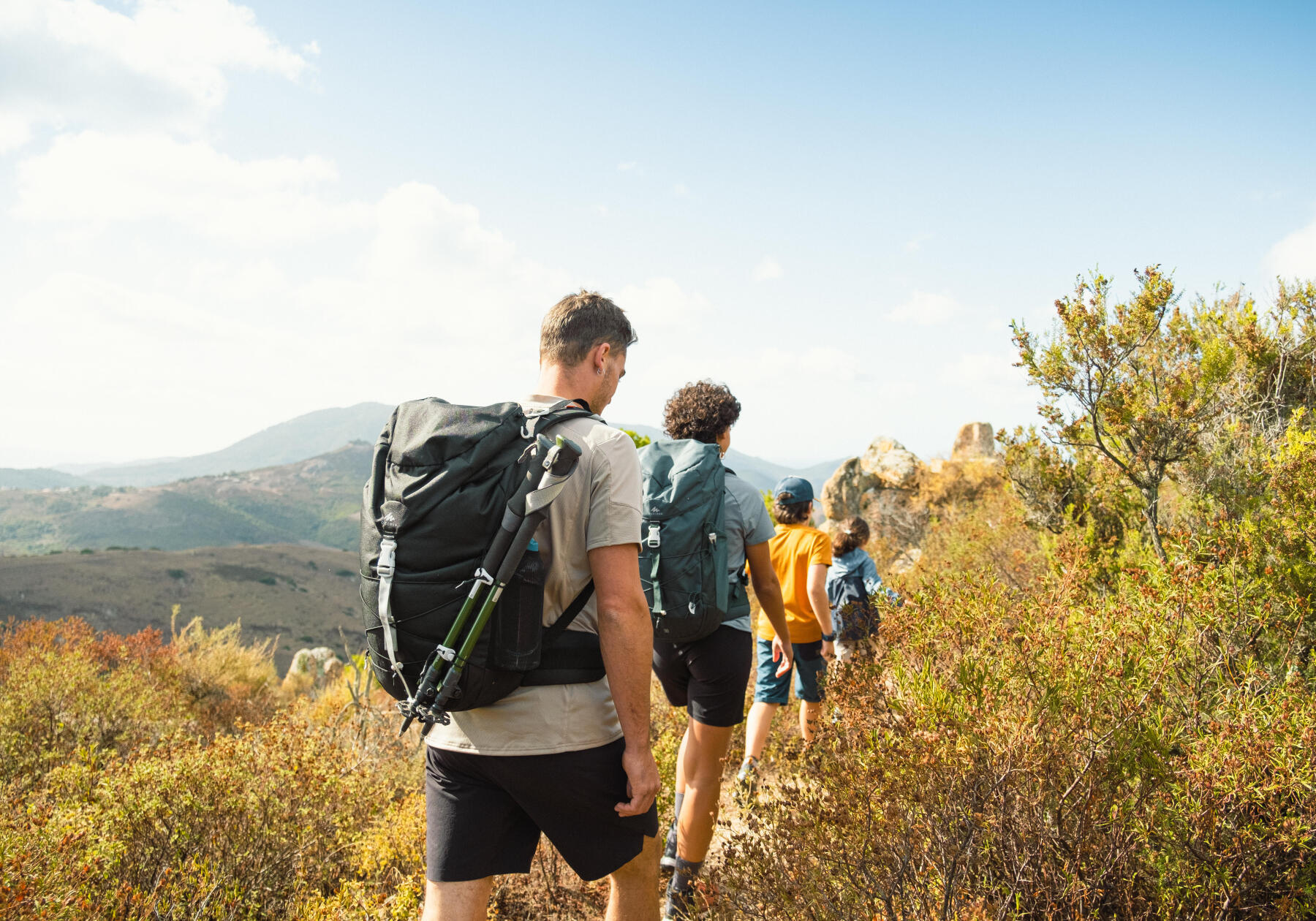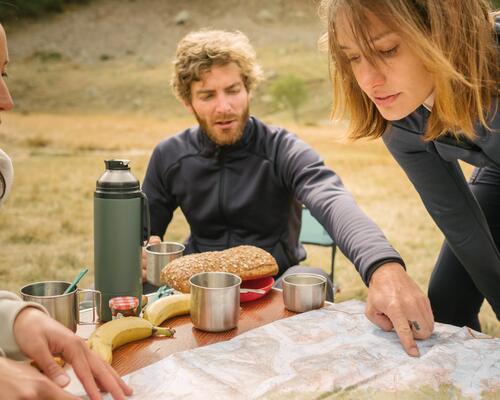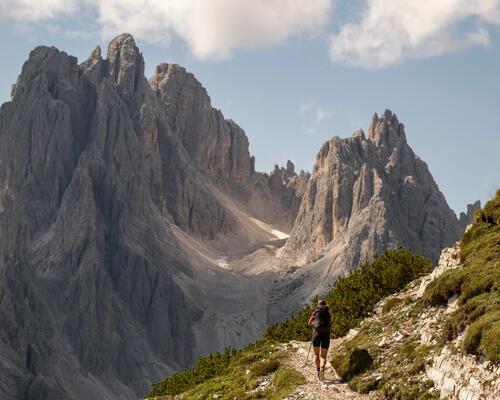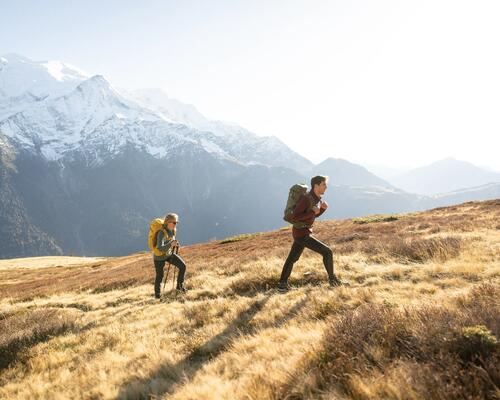We distinguish 3 main types of paths and 3 different types of signposts:
Warning: signposting codes may vary from one country to another and one organisation to another. Find out as much as you can before leaving to enjoy your hikes to the fullest. In this article, we will be talking about signposting in France.







